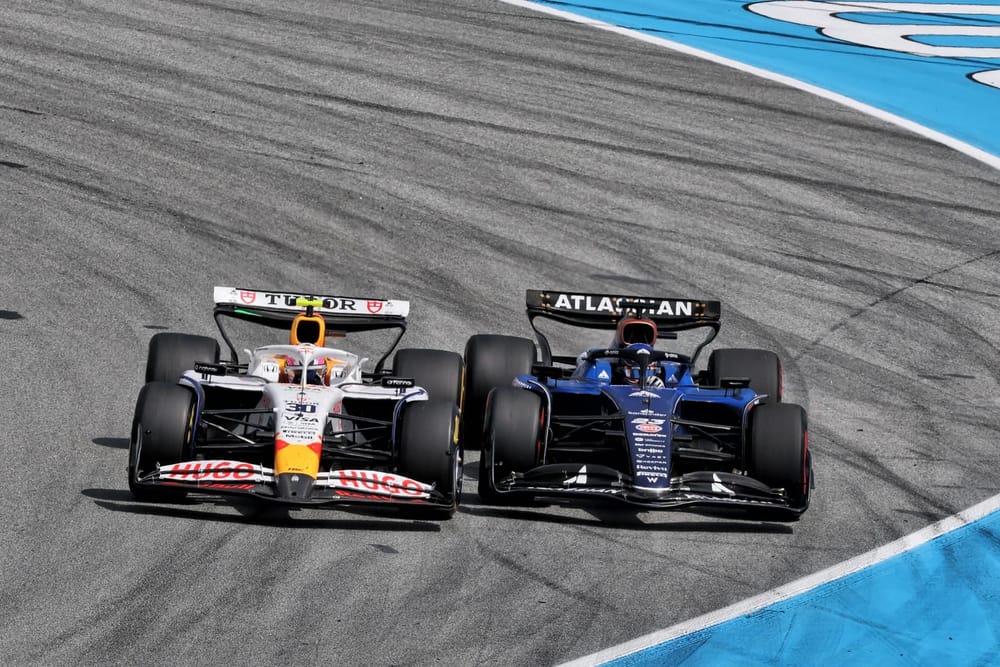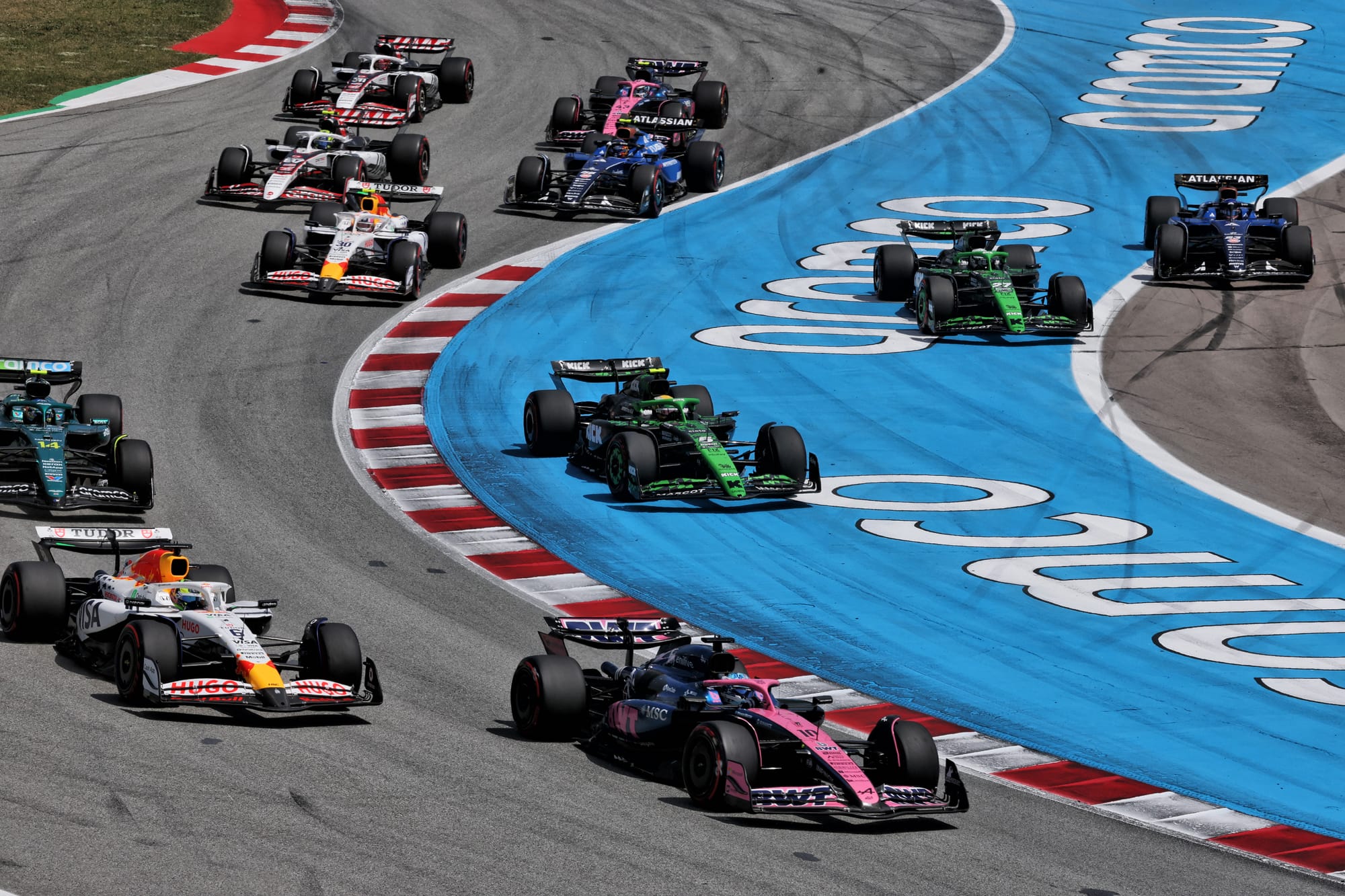The FIA's publication of Formula 1's driving standard guidelines has exposed ongoing driver unease about the way they are working, especially a tactic that is increasingly being used to exploit them.
While drivers and teams have known the contents of the driving documents, which were first revealed by The Race back in May, their contents had not previously been freely available to the public.
But as part of a move by the FIA to offer more transparency for fans, the governing body has published them as well as the penalty guidelines that stewards operate to when ruling on incidents.
While drivers welcomed the guidelines being made public, the FIA's move served to reopen some debate about whether they were working in their current guise.
Alex Albon, in particular, expressed his concern about a trend he has noticed in recent races of drivers forcing rivals on the outside to take avoiding action by releasing the brake on corner entry to claim the right to a turn under the wording of the rules.
Encouraging a 'contact sport'
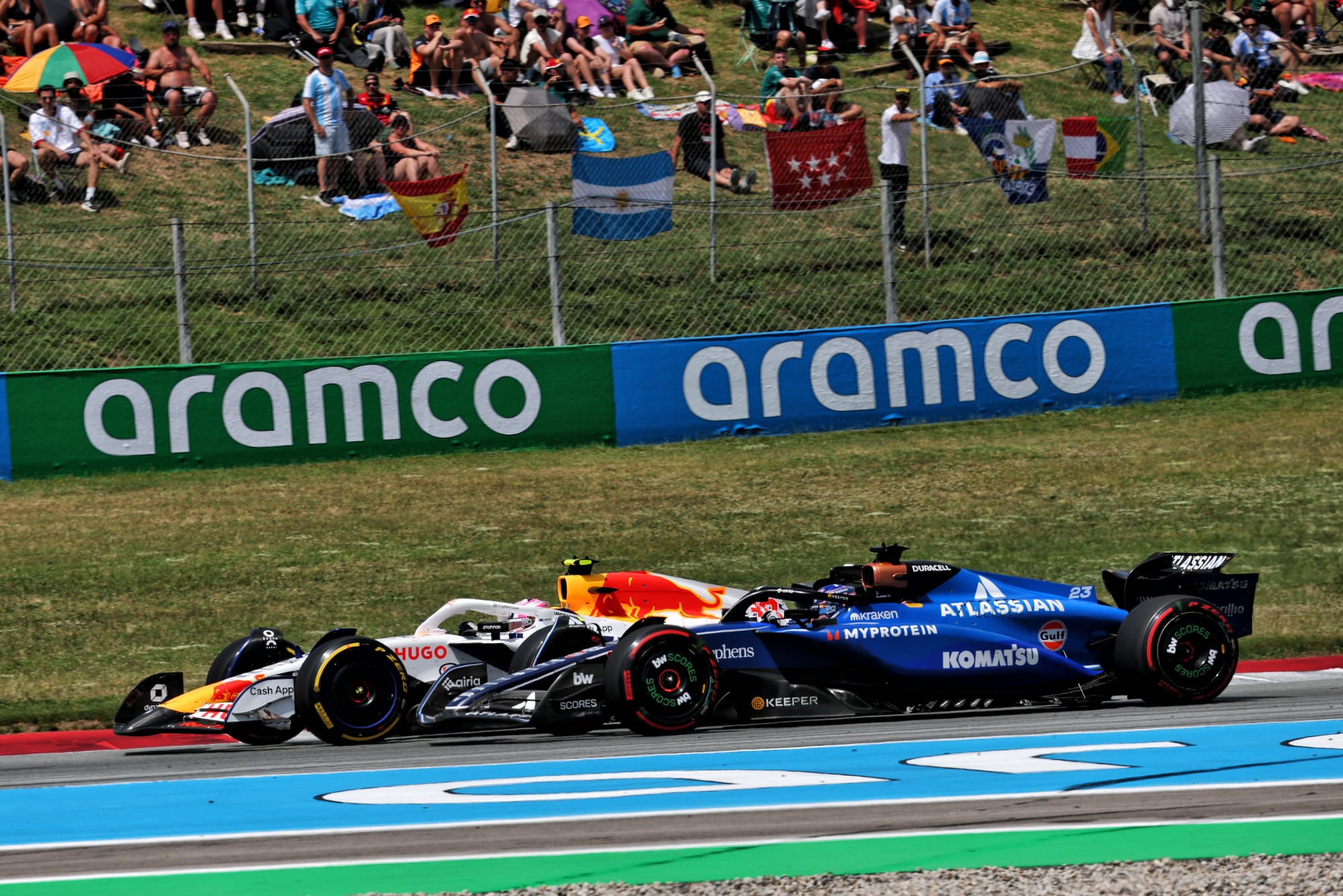
Albon came off worst against Franco Colapinto doing this on the opening lap of the Canadian Grand Prix, as he was forced to take to the grass to avoid contact.
He said he sensed this had now become the norm as Liam Lawson also used it against him at Turn 1 in the Spanish GP, forcing Albon to run wide - for which he subsequently picked up a penalty.
"I don't like how we're racing at the moment," said Albon, who said drivers on the outside were being left with the choice of crashing or running themselves off track.
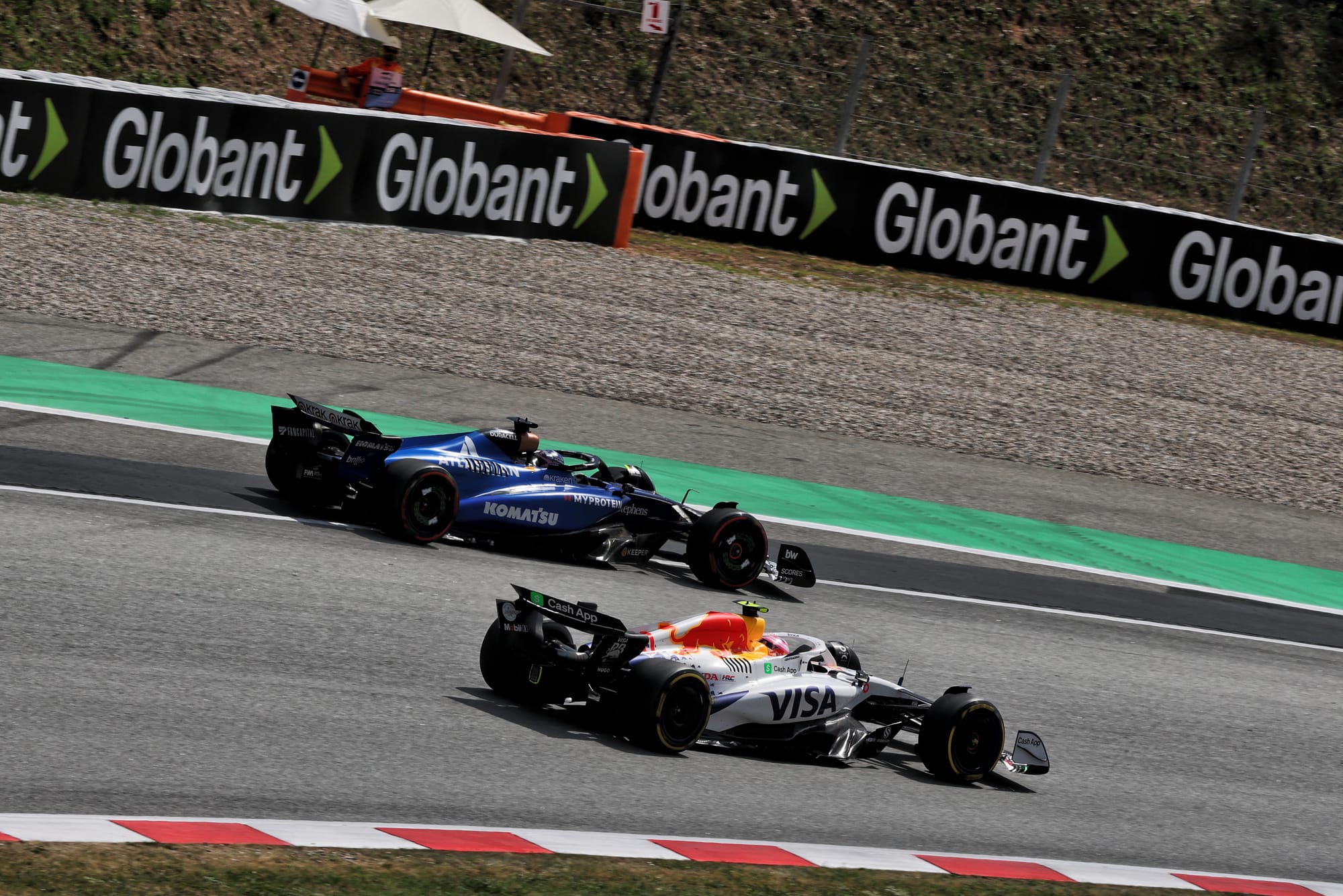
"Barcelona Turn 1 was a good example of that. If the other car squeezes you off and releases the brake pedal and gives you no other space to go, it's true that it's their corner.
"But obviously at that point you've committed so late into the corner, the only thing you can do is to come off the [brake], exit the track and take a cut off. I had the same issue [against me] in Canada.
"If I turn in on that car that's diving on, or releasing the brake pedal on the inside, and he makes contact to me and I'm at the edge of the road, then he gets the penalty.
"So if I turn in, even though I know it's not possible, and I know that he's going to hit me, then that benefits me. So you're creating a contact sport in that focus."
'Unnatural' racing as a result
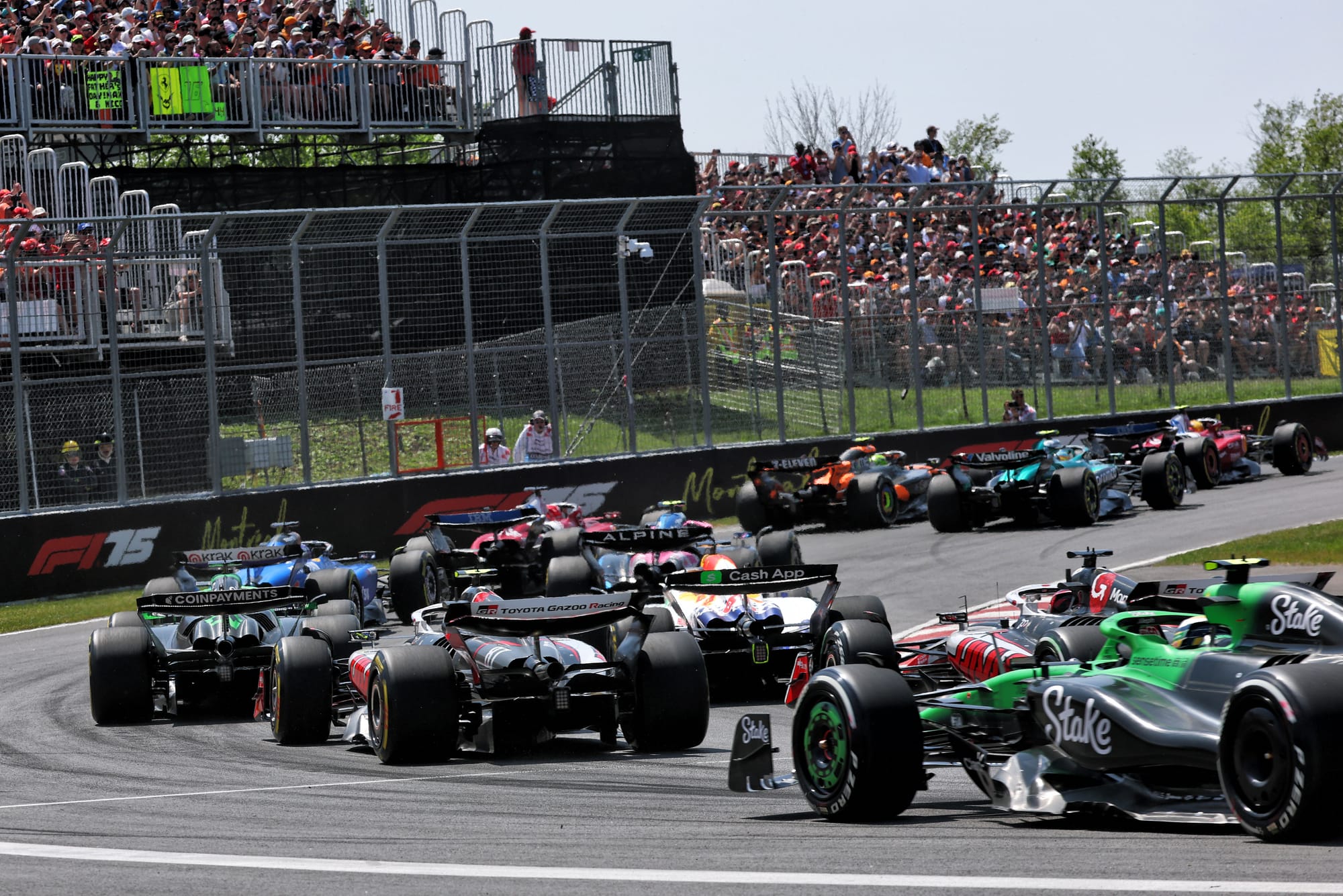
The crux of the issue, which Max Verstappen made reference to earlier this year, is that the obsession with being on the right side of the rules means that the racing is no longer as natural as it was in the past.
This is something that Oliver Bearman agreed with, saying he thought drivers have changed the way they are thinking about their battles.
"Sometimes in these wheel-to-wheel situations you need to be thinking, 'OK, what does point three of the guidelines say? OK, I have to let him go'," he said. "And this stuff sometimes feels a bit unnatural."
Lawson said that an unintended consequence of laying down boundaries for drivers was that they were incentivised to exploit the guidelines.
"I think back to go-kart racing, and you instinctively knew how to race: when the corner was yours, when the corner wasn't yours," he said. "If you tried to stay there and it wasn't quite yours, you got fed a wheel and you were off in the grass.
"But now, quite often there's space you can go to go off track and come back on. And because of the way it's written - there's ways we can get around it."
He added: "As drivers we always find a way to exploit, to try to get the maximum out of the way the rules are written.
"We know how they're written, so we know what's allowed, what's not allowed, and we try and figure out ways to use them to our advantage."
But Lawson said he had sympathy for Albon because it was not a good way to go racing.
"100%, if I was him, I'd be totally pissed because it's exactly what we're doing,” he said, when asked by The Race if he could understand Albon's frustration. "It is the incident I had with Fernando [Alonso] in Miami, where it ended up with him in the wall. It was never my intention.
"The fact that I had the ability to be slightly pushed off and go off the track and come back on creates that issue.
"He knew he had to release the brake and get his nose just in front of me at the apex to stop my outside overtake from being possible, and from me being given room.
"I've been on the receiving end and on the other side of it and I totally understand it. But in a race, we're going to do what we have to."
What's the way forward?
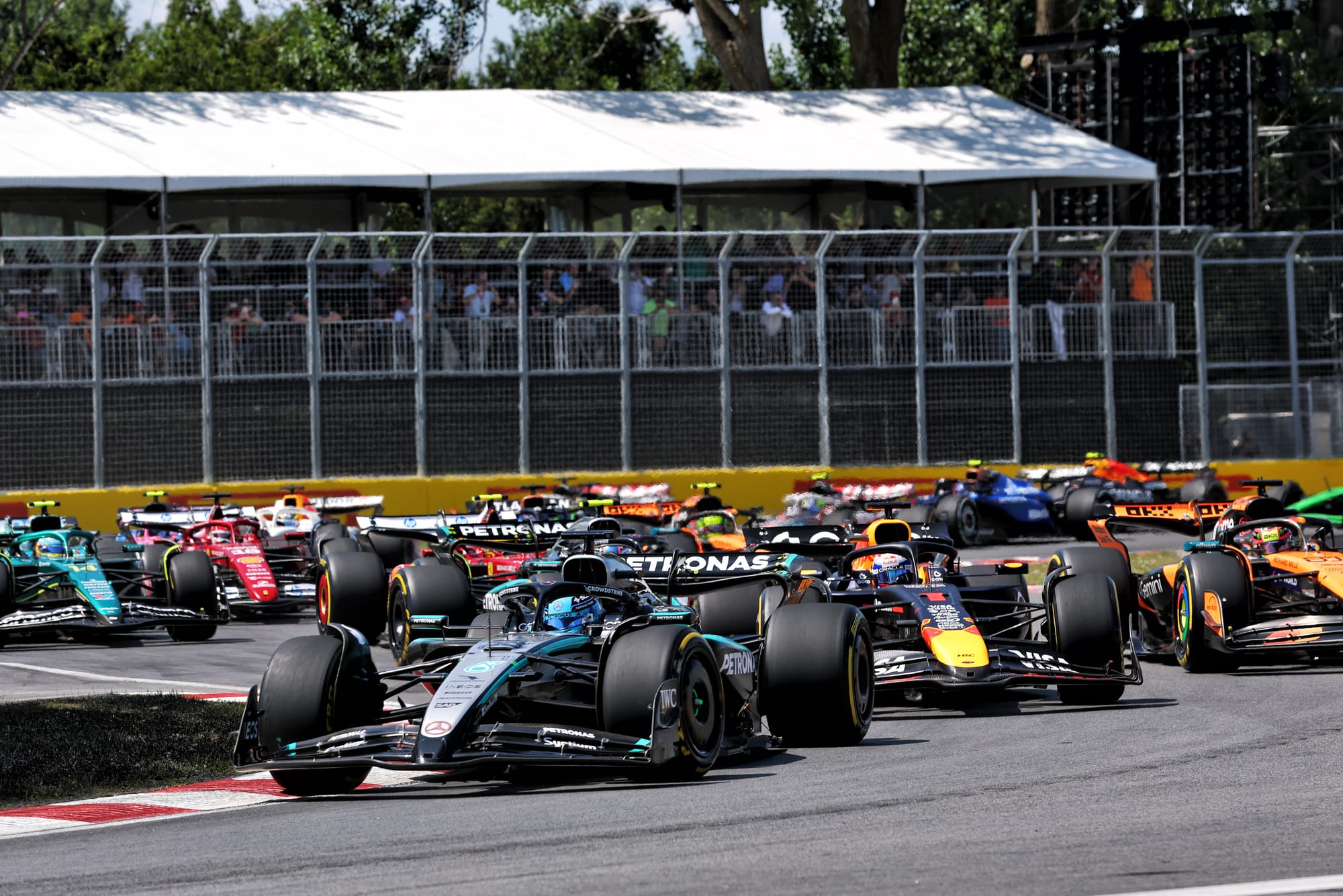
Finding a solution to what appears to be a widely accepted problem is not easy due to the conflicting demands of creating rules that offer more clarity without over-regimenting racing.
But perhaps the answer lies in a wider revamp of how the FIA polices such moves, as a change to the stewarding system would potentially allow officials to more consistently deal with situations without the need for them to be laid down in specific guidelines.
This is something that George Russell felt should be considered longer-term.
"The stewards are still volunteers," he said. "We have 20 different stewards across the season, all of which have a huge amount of racing knowledge.
"But all have slightly different interpretations of an incident, the same way drivers have slightly different interpretations of incidents. I still believe the best course would be to have fully paid professional stewards, a consistent panel and potentially even slightly reducing those driver guidelines.
"Ultimately, those guidelines are there to assist the stewards in the decision-making.
"If you have one steward who is only doing one in every four races they need that guidance, whereas if you have a consistent three or four individuals, we’ll know their viewpoint, they’ll know our viewpoint and you can judge each incident slightly more on how it happens, as opposed to what the letter of the law is written."


